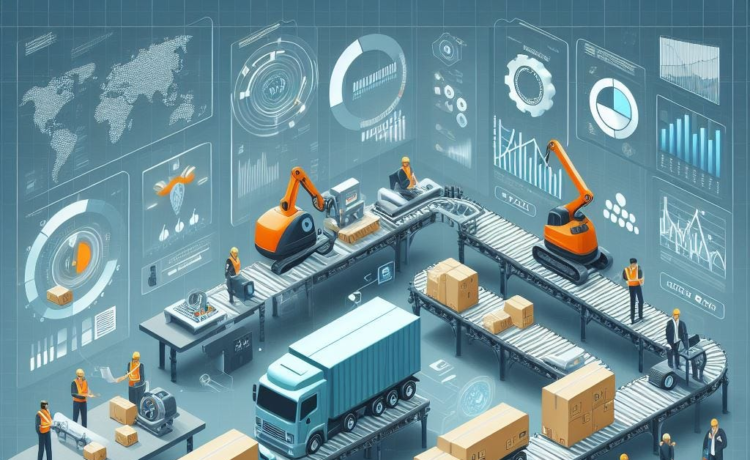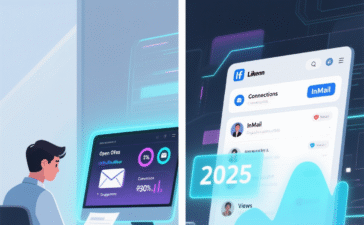Understanding Supply Chain Resilience: Strategies, Technologies, and Examples
What is Supply Chain Resilience?
Supply chain resilience is the ability of an organization to anticipate, adapt to, and recover from disruptions in its supply chain. These disruptions can be caused by a variety of factors, including natural disasters, economic crises, geopolitical conflicts, or unforeseen events that interrupt the flow of goods, services, or information. A resilient supply chain is characterized by agility, flexibility, and the capability to quickly respond to and recover from disruptions.
Importance of Supply Chain Resilience
Supply chains are not straightforward linear chains but complex, interconnected networks involving numerous suppliers, carriers, and other partners. For instance, Tesla depends on over 300 suppliers for various parts to produce its vehicles, and Walmart collaborates with tens of thousands of providers globally. Disruptions can range from minor delays, like a shipment of cereal being late, to significant issues, such as an automaker being unable to produce cars due to missing parts.
The COVID-19 pandemic highlighted the importance of supply chain resilience. Initial factory closures in China led to widespread disruptions across industries as lockdowns and economic shifts created further challenges. This underscored the need for businesses to build supply chains that are not only robust but also adaptable to unforeseen circumstances.
Key Challenges and Risks in Supply Chains
1. Supply Chain Disruptions
Disruptions can be major, like natural disasters, or minor, such as a flat tire. Both types can lead to delays, inventory shortages, and increased costs.
2. Supplier Unreliability
Relying on a single supplier or a limited number of providers can make the supply chain vulnerable to disruptions caused by issues such as supplier bankruptcies or quality problems.
3. Market Variability
Fluctuations in customer demand, seasonal changes, and unexpected spikes in orders can complicate inventory management, production planning, and logistics.
4. Inefficient Inventory Management
Balancing adequate inventory to meet demand while avoiding excessive stock and obsolescence is a constant challenge.
5. Poor Visibility
Lack of a comprehensive view of supply chain operations can lead to ineffective responses to problems.
Additional challenges include regulatory compliance issues, labor-related problems, transportation inefficiencies, environmental concerns, and cybersecurity threats.
Strategies for Building a Resilient Supply Chain
1. Reshoring or Nearshoring: Think Local
Reshoring involves bringing production back to the home country, while nearshoring means sourcing from nearby countries. These strategies shorten the supply chain, reducing exposure to international freight disruptions.
Technology to Support:
- Supply Chain Management Software: Manages end-to-end operations.
- Transportation Management System (TMS): Oversees the movement of goods and helps track shipments.
- Warehouse Management System (WMS): Enhances storage and distribution processes.
2. Supplier Diversification and Risk Assessment: Put Your Eggs in Different Baskets
Diversifying suppliers or manufacturing locations reduces reliance on a single source. Establishing relationships with alternative suppliers in advance can create redundancy.
Technology to Support:
- Supplier Management Software: Uses AI to assess supplier performance, identify risks, and ensure compliance with standards. Examples include SAP Ariba, GEP SMART, and Coupa.
3. Data-Based Decision Making: Anticipate Market Behavior
While not all disruptions can be predicted, advanced analytics can forecast market trends and inform strategic decisions.
Technology to Support:
- Demand Forecasting Software: Provides short- and long-term predictions.
- Digital Twins: Virtual replicas of the supply chain for real-time monitoring and scenario simulation.
- Predictive Analytics: Uses machine learning to analyze big data and make forecasts.
4. Creating Inventory Buffers: From Just-in-Time to Just-in-Case
The shift from just-in-time to just-in-case inventory management involves holding larger safety stocks to buffer against disruptions, balancing between excess stock and holding costs.
Technology to Support:
- Inventory Management Software (IMS): Automates reordering, optimizes space, and tracks stock levels. Features often include sales management and order processing.
5. Enhancing Supply Chain Visibility: See the Full Picture
Complete visibility into supply chain operations is crucial for timely responses to disruptions.
Technology to Support:
- Supply Chain Control Tower (SCCT): Provides real-time, end-to-end visibility and integrates data from internal and external sources.
Measuring Supply Chain Resilience
1. Time to Recover (TTR): Measures how quickly operations return to normal after a disruption. Shorter recovery times indicate better resilience.
2. Forecast Error: Evaluates the accuracy of predictions versus actual outcomes. Lower forecast errors suggest better anticipation and planning.
3. Inventory Management Efficiency: Metrics like inventory turnover ratio and days of inventory on hand assess how well inventory is managed to handle fluctuations.
4. Customer Satisfaction and Retention: Tracks order fulfillment rates, on-time deliveries, and customer complaints to gauge the impact of disruptions on customers.
5. Supplier Diversification: Measures reliance on a broad base of suppliers rather than a few.
6. Supply Chain Performance Metrics: Monitors key performance indicators such as order lead time and supply chain cycle time to evaluate overall stability and performance.
Examples of Resilient Supply Chains
1. Apple: Diversified its supplier base and invested in new manufacturing locations outside China. It also uses advanced ML-based software for predictions and blockchain for traceability.
2. Amazon: Demonstrated flexibility by adapting its supply chain to meet increased demand during the COVID-19 pandemic, investing in robotics and automation to enhance efficiency.
3. Toyota: Adjusted its just-in-time approach by increasing the supply of critical components and building a diversified global supplier network.
4. Procter & Gamble (P&G): Utilizes scenario planning, high inventory levels for critical products, and advanced demand forecasting to maintain supply chain stability.

Building and maintaining a resilient supply chain involves proactive risk management, strategic planning, and technological investment. By implementing effective strategies and leveraging advanced technologies, organizations can better navigate disruptions and ensure a robust and adaptable supply chain.




